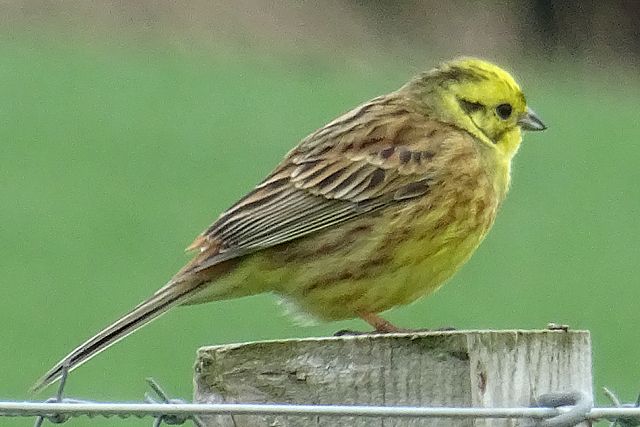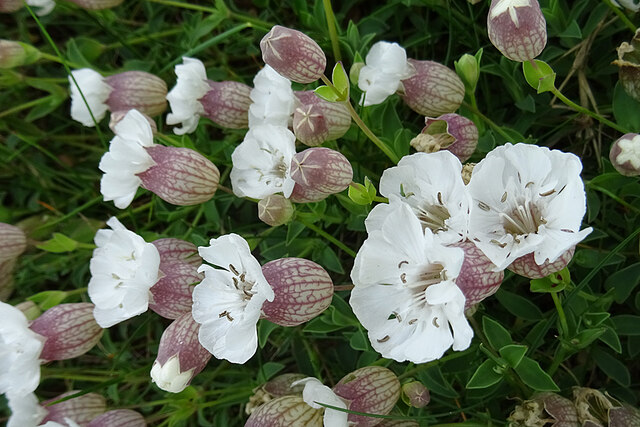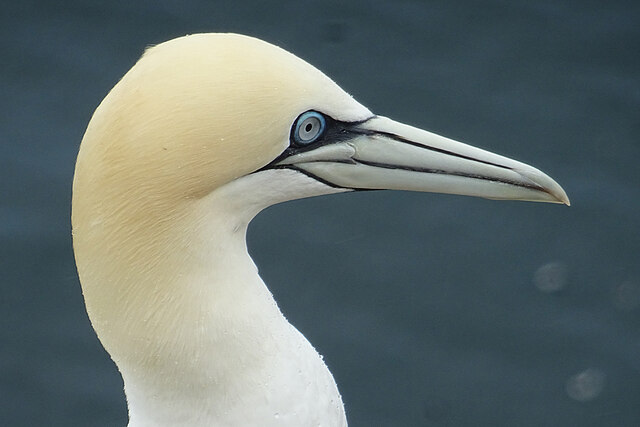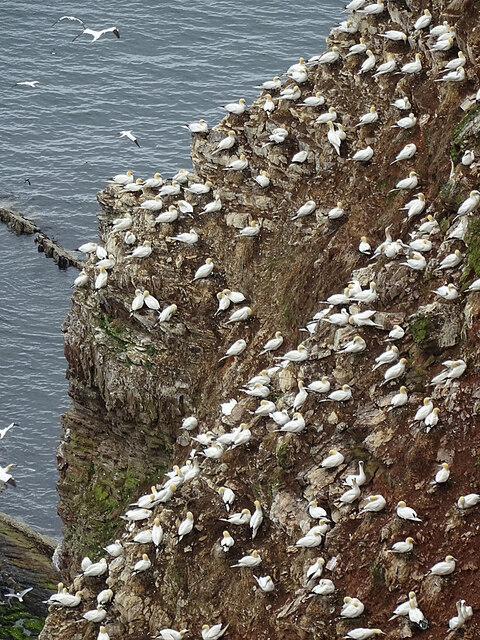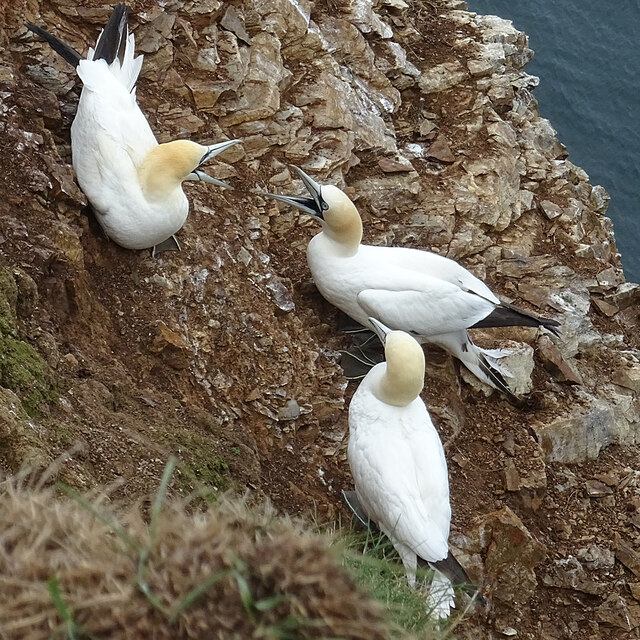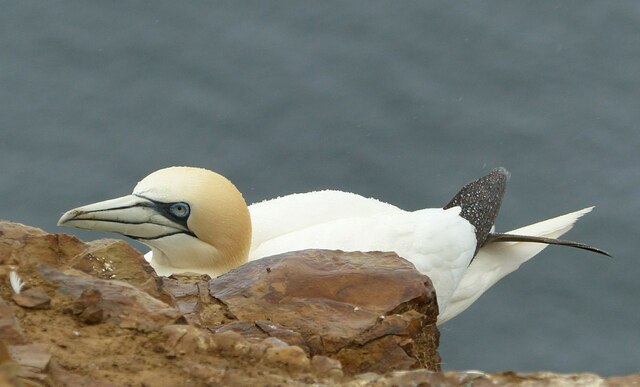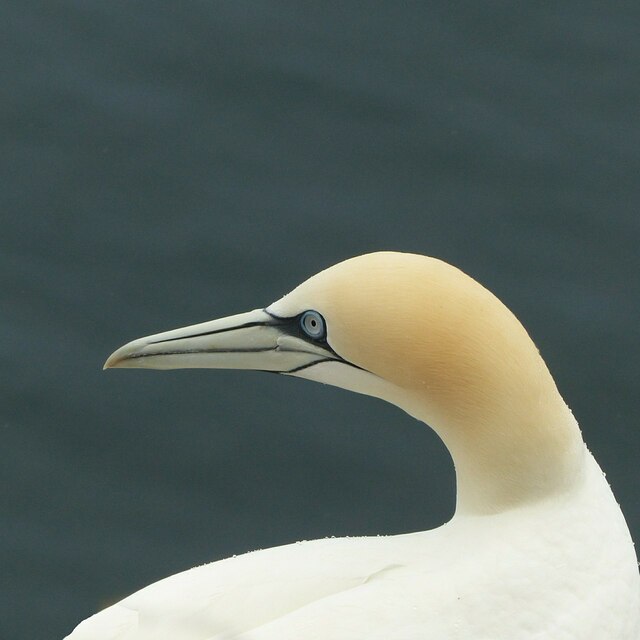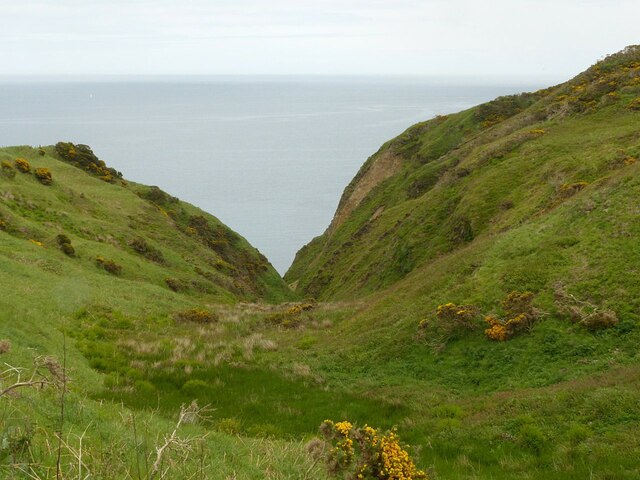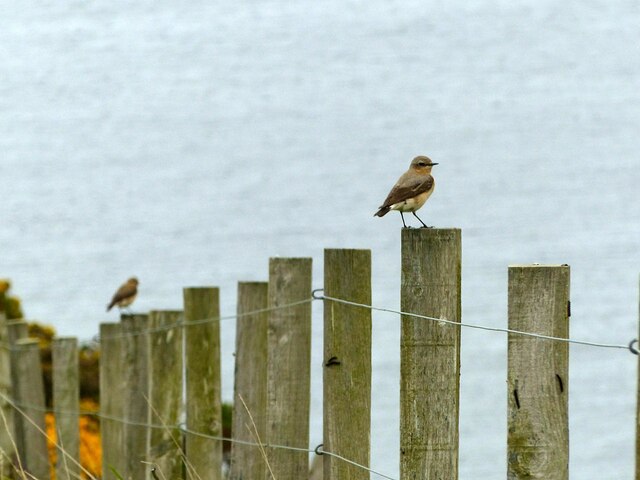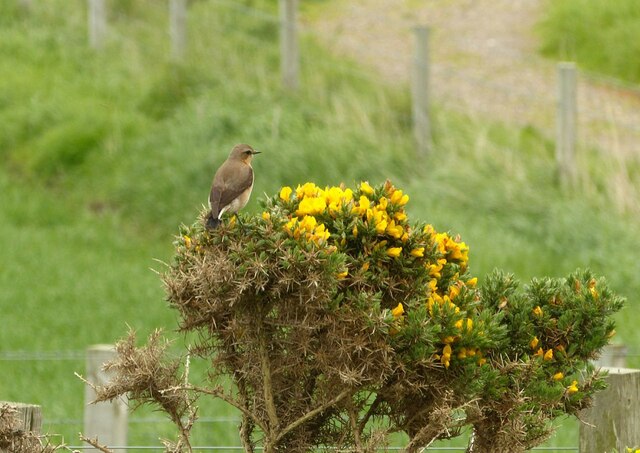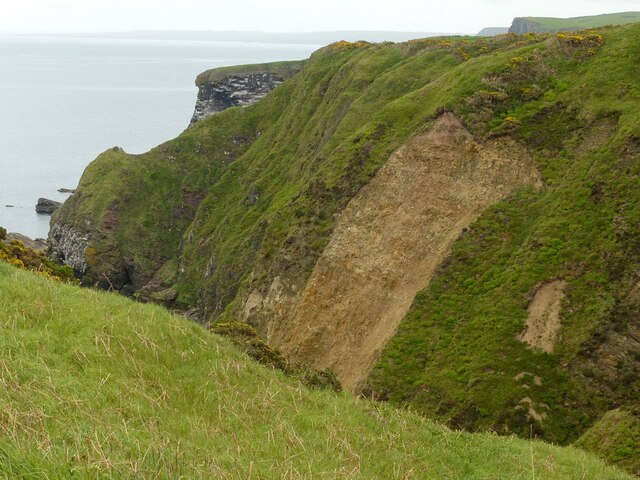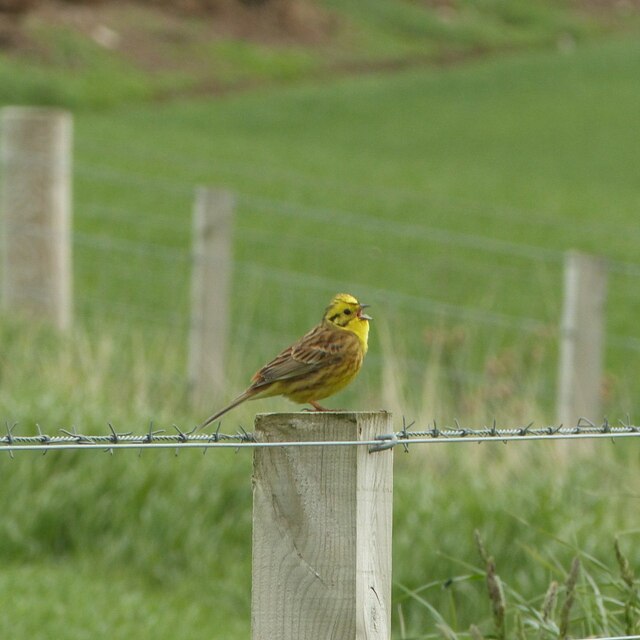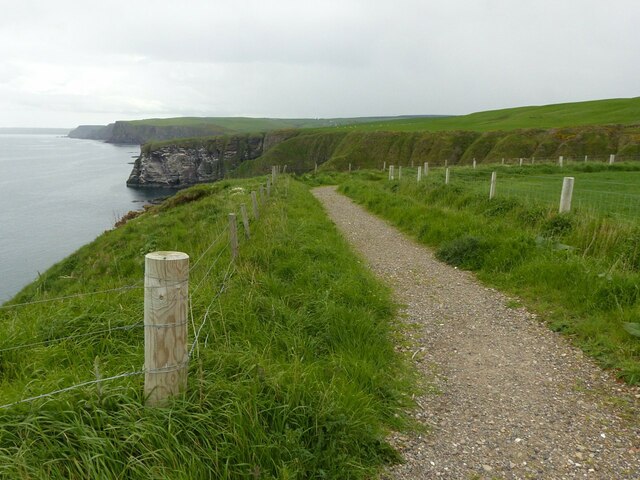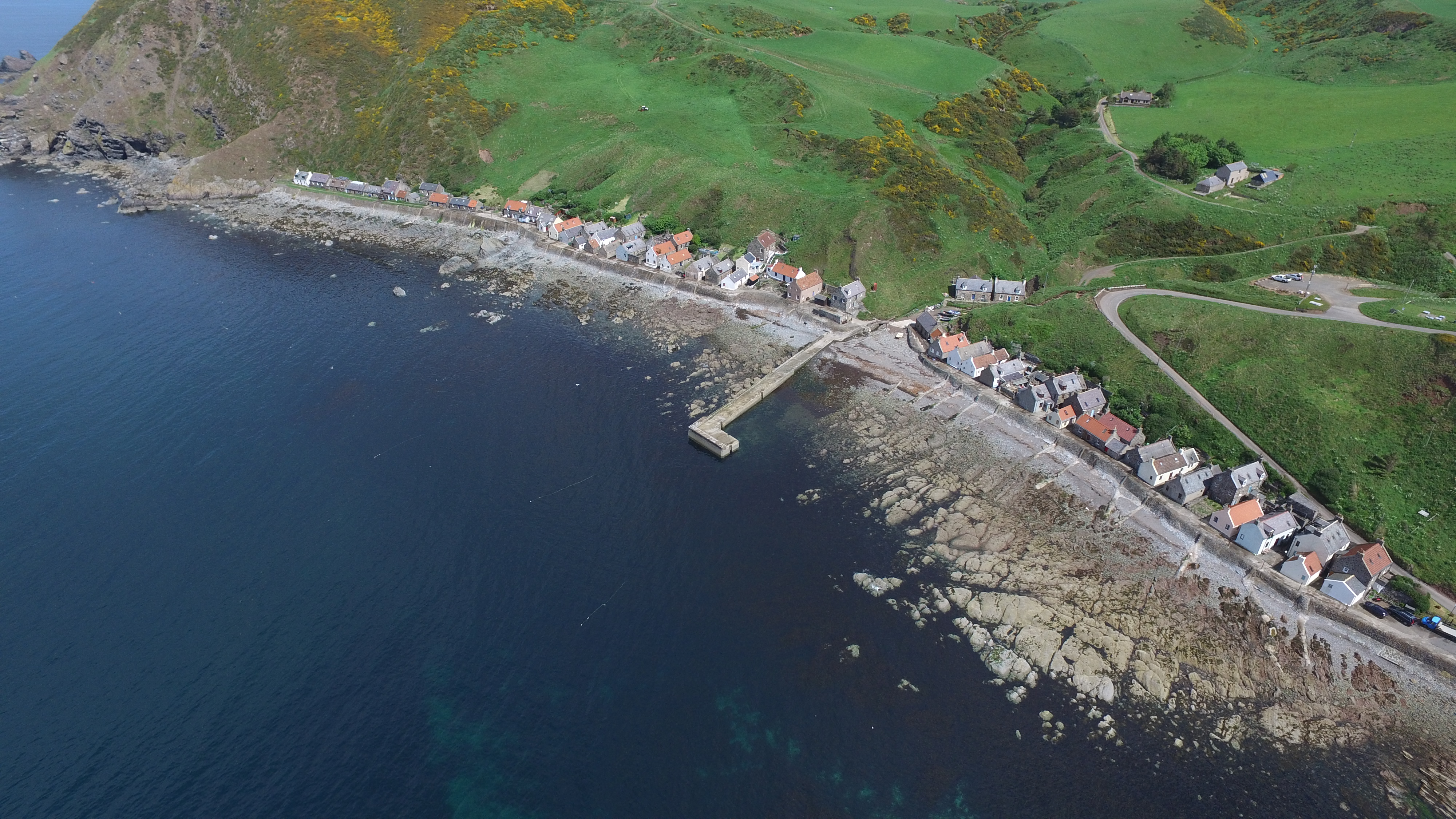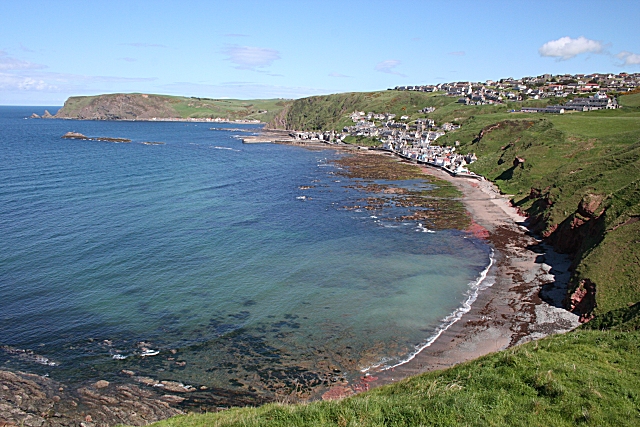Cowper's Craig
Island in Banffshire
Scotland
Cowper's Craig

Cowper's Craig is a picturesque island located off the coast of Banffshire, Scotland. Situated in the North Sea, this small island covers an area of approximately 2.5 acres and is known for its rugged beauty and rich wildlife.
The island is named after the Scottish poet William Cowper, who was inspired by its dramatic cliffs and stunning views. Cowper's Craig is characterized by towering sea cliffs that reach up to 100 feet in height, providing a nesting site for numerous seabirds such as guillemots, razorbills, and fulmars. The island also serves as a breeding ground for grey seals, which can often be spotted lounging on the rocky shores.
Access to Cowper's Craig is restricted due to its status as a nature reserve, making it a haven for wildlife and a popular spot for birdwatchers and nature enthusiasts. Visitors can catch glimpses of various bird species, watch the seals basking in the sun, and appreciate the untouched beauty of the island's rugged landscape.
Due to its small size and protected status, there are no human inhabitants on Cowper's Craig. However, the island's rich biodiversity and stunning scenery make it a must-visit destination for those who appreciate the natural wonders of the Scottish coast.
In conclusion, Cowper's Craig is a small, uninhabited island off the coast of Banffshire, Scotland. With its dramatic cliffs, diverse birdlife, and thriving seal population, it offers a unique and captivating experience for visitors seeking a glimpse of Scotland's untouched beauty.
If you have any feedback on the listing, please let us know in the comments section below.
Cowper's Craig Images
Images are sourced within 2km of 57.689663/-2.2885239 or Grid Reference NJ8266. Thanks to Geograph Open Source API. All images are credited.
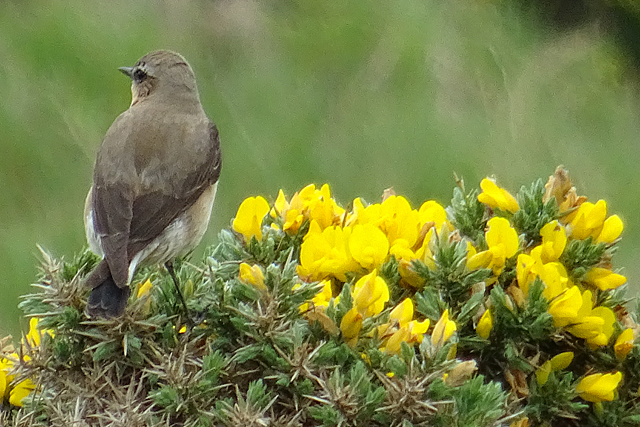
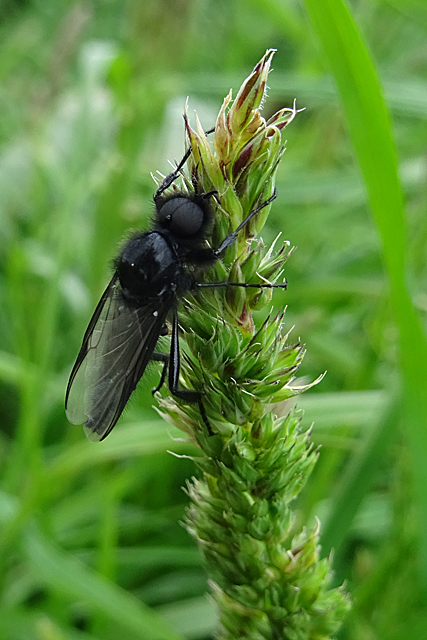
Cowper's Craig is located at Grid Ref: NJ8266 (Lat: 57.689663, Lng: -2.2885239)
Unitary Authority: Aberdeenshire
Police Authority: North East
What 3 Words
///grass.inefficient.blues. Near Rosehearty, Aberdeenshire
Nearby Locations
Related Wikis
Pennan
Pennan (Scots: Peenan) is a small village in Aberdeenshire, Scotland, consisting of a small harbour and a single row of homes, including a hotel. It is...
Crovie
Crovie is a small village in Aberdeenshire, Scotland, dating from the 18th century, a time when the sea was the only mode of transport to and from Scotland...
Auchmeddan Castle
Auchmeddan Castle was a castle, most likely dating from the 16th century, now demolished, located 9 miles (14 km) west of Fraserburgh, at Mains of Auchmeddan...
Gamrie Bay
Gamrie Bay is a bay in Aberdeenshire, Scotland. The bay is between Crovie Head and More Head. The villages of Gardenstown and Crovie are located within...
Gardenstown
Gardenstown (Scots: Gamrie) is a small coastal village, 8.7 miles (14.0 km) by road east of Banff in Aberdeenshire, northeastern Scotland. The village...
St John's Church, Gamrie
St John's Church is a ruined church and kirkyard in the parish of Gamrie, Aberdeenshire, Scotland. The church, dedicated to St John the Evangelist, was...
Dubford
Dubford is a small village in northern coastal Aberdeenshire, Scotland. Dubford is situated along the B9031 road approximately 6 kilometres (3.7 mi) east...
Rescue from SS William Hope
In the 1884 rescue from SS William Hope in Aberdour Bay off the north coast of Aberdeenshire in Scotland Jane Whyte rescued fifteen sailors from their...
Nearby Amenities
Located within 500m of 57.689663,-2.2885239Have you been to Cowper's Craig?
Leave your review of Cowper's Craig below (or comments, questions and feedback).

